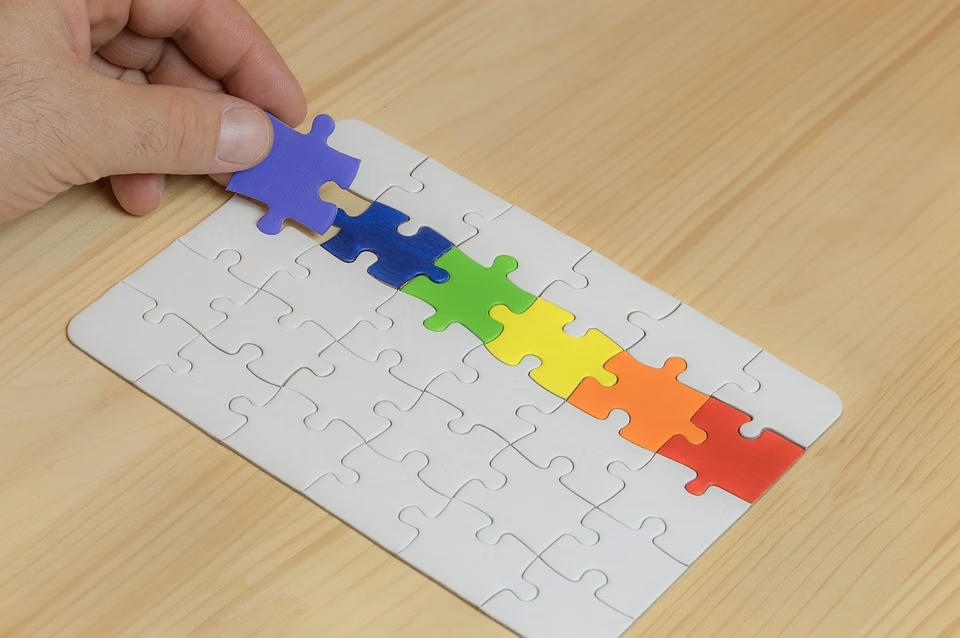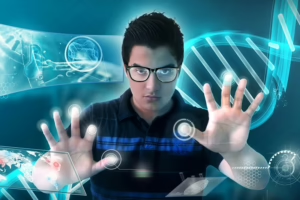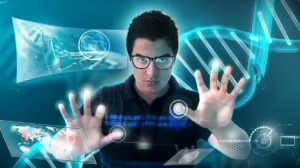The Heart of Innovation: Understanding Mechatronics and Its Impact
Introduction
In an era defined by rapid technological advancements, mechatronics has emerged as a multifaceted field that intertwines mechanical, electrical, computer, and systems engineering. This integration is not just a convergence of disciplines; it represents a paradigm shift in how we develop, manufacture, and interact with technology. The significance of mechatronics lies in its application across diverse industries, from robotics and automation to aerospace and biomedical devices.
This article will delve into the core principles of mechatronics, its historical evolution, current applications, and its transformative impact on society. We will explore groundbreaking innovations and the future trajectory of this dynamic field.
I. Understanding Mechatronics
A. Definition and Components
Mechatronics is an interdisciplinary area of engineering that combines mechanics, electronics, computer science, and control engineering. This convergence allows for the design and operation of smart systems and devices. The core components of mechatronic systems typically include:
- Mechanical Systems: The structural framework and moving parts that perform physical tasks.
- Electronic Systems: The circuits and sensors that facilitate communication and control within a mechatronic system.
- Control Systems: The software and algorithms that govern the functioning of mechanical and electronic components.
- Computational Systems: The programming and embedded systems that enable higher-level processing and decision-making.
B. Historical Background
The term “mechatronics” was coined in Japan in the late 1960s, largely credited to the engineers at Yaskawa Electric Corporation. Initially, it denoted the integration of electrical control systems with mechanical components in the context of factory automation. However, the evolution of mechatronics can be traced back to earlier innovations, such as:
- The development of feedback control systems in the mid-20th century.
- The advent of personal computing, which enabled more sophisticated programming and control capabilities.
- The rise of robotics in the 1980s, which showcased the practical applications of mechatronic systems.
These milestones set the stage for the expansive growth of mechatronics in various sectors.
II. Applications of Mechatronics
A. Robotics
One of the most prominent applications of mechatronics is robotics. Modern robots are a fusion of mechanical frameworks, sensors, and intelligent control systems, allowing them to perform complex tasks autonomously or in collaboration with humans. Key areas include:
- Industrial Robotics: Automation in manufacturing processes has drastically improved efficiency and accuracy. Automated robotic arms are widely employed in assembly lines, welding, and even quality checks.
- Service Robotics: Robots designed to assist in healthcare (surgery robots), hospitality (delivery robots), and domestic settings (vacuum cleaning robots) exemplify the diverse capabilities driven by mechatronics.
B. Aerospace
Mechatronics has revolutionized the aerospace industry, enhancing both aircraft design and functionality. Components include:
- Fly-by-Wire Systems: Electronic control systems that replace traditional mechanical flight controls, offering improved flight stability and safety.
- Unmanned Aerial Vehicles (UAVs): Drones designed for various applications, from military surveillance to agricultural monitoring, demonstrating the seamless integration of sensors and actuators.
C. Biomedical Engineering
The integration of mechatronic principles has led to significant advancements in biomedical devices. Key examples include:
- Prosthetics: Artificial limbs equipped with sensors and motors, which can mimic natural movements thanks to feedback control systems.
- Medical Imaging: MRI machines and robotic surgical tools exemplify mechatronic applications that enhance diagnostic and therapeutic capabilities.
D. Automotive Engineering
The automotive industry has embraced mechatronic systems, leading to advancements in safety, performance, and automation. Important developments include:
- Advanced Driver-Assistance Systems (ADAS): Technologies like adaptive cruise control, lane-keeping assistance, and automated parking all rely on mechatronic systems.
- Electric and Hybrid Vehicles: In these vehicles, mechatronic systems manage the integration of electric drive components, energy storage, and control strategies.
E. Consumer Electronics
Mechatronics underpins many consumer devices, enhancing functionality and user experience. Examples include:
- Smartphones: These devices inherently integrate sensors, microcontrollers, and sophisticated software, showcasing the essence of mechatronics.
- Home Automation: Smart home devices—like thermostats, security systems, and lighting—utilize mechatronic principles to improve convenience and energy efficiency.
III. The Impact of Mechatronics on Society
A. Economic Implications
The rise of mechatronics has catalyzed economic growth and job creation across various sectors. According to the International Federation of Robotics, the global market for industrial robots is expected to grow exponentially, contributing significantly to manufacturing output and efficiency.
B. Social Implications
Mechatronics has transformed daily life, making tasks easier, safer, and more efficient. For instance, automation in healthcare facilities has improved patient care and operational efficiency, while advancements in robotics have enhanced accessibility for disabled individuals.
C. Environmental Considerations
Mechatronic systems often enable more sustainable practices. For example, automated systems in agriculture can optimize resource use, reducing waste and promoting environmentally friendly practices. In automotive applications, electric vehicles are a testament to how mechatronics can drive sustainability in transportation.
IV. Future Trends in Mechatronics
A. Artificial Intelligence and Machine Learning
The intersection of mechatronics with AI and machine learning is a frontier of innovation. Integrating intelligent algorithms will enhance the capabilities of mechatronic systems, allowing for greater autonomy and improved decision-making.
B. Internet of Things (IoT)
As mechatronic devices become increasingly connected, the IoT will play a crucial role in real-time data exchange and system optimization. Smart cities, smart industries, and connected healthcare are just a few areas where mechatronics and IoT converge.
C. Collaborative Robotics
The future will see more collaborative robots (cobots) that work alongside humans rather than replace them. This partnership can enhance productivity while addressing workforce shortages in various industries.
D. Manufacturing and 3D Printing
Advancements in additive manufacturing (3D printing) will likely yield significant benefits in mechatronics, enabling rapid prototyping and custom designs. This integration promotes more efficient and innovative production processes.
Conclusion
Mechatronics represents the heart of modern innovation, driving advancements across myriad fields. This integration of disciplines not only enhances product functionality but also redefines the way we interact with technology in our daily lives.
As we look towards the future, the potential of mechatronics seems boundless. New applications and technological advancements will undoubtedly continue to shape our world, with impacts that resonate through industries, economies, and societies. The ongoing evolution of mechatronics will be pivotal as we navigate the complexities of tomorrow’s challenges, fostering a new era of innovation and possibility.
Footnotes
[1] International Federation of Robotics. “World Robotics 2022.” [2] Yaskawa Electric Corporation. “History of Mechatronics.” [3] Global Industry Analysts, Inc. “Robots and Automation Market Size.”The full text is an introduction and outline to a comprehensive analysis of mechatronics and its impact. If you would like me to expand on certain sections or provide additional information, please let me know!


























Add Comment